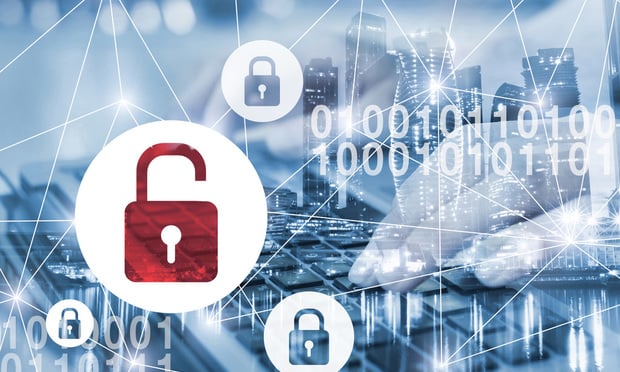 A BEC attack involves attackers sending emails disguised as coming from high-level executives within a company, such as the CEO, to lower level personnel. (Image: Shutterstock)
A BEC attack involves attackers sending emails disguised as coming from high-level executives within a company, such as the CEO, to lower level personnel. (Image: Shutterstock)
The most likely cyber attack a company will face will come in the form of an email. One of the most common forms of email attack is the business email compromise (BEC), and the most popular time of the year for the W-2 version of BEC is right now — tax season.
A BEC attack involves attackers sending emails disguised as coming from high-level executives within a company, such as the CEO, to lower level personnel. During tax season, the spoof email will often request that W-2s for employees be provided by return email.
Continue Reading for Free
Register and gain access to:
- Breaking benefits news and analysis, on-site and via our newsletters and custom alerts
- Educational webcasts, white papers, and ebooks from industry thought leaders
- Critical converage of the property casualty insurance and financial advisory markets on our other ALM sites, PropertyCasualty360 and ThinkAdvisor
Already have an account? Sign In Now
© 2024 ALM Global, LLC, All Rights Reserved. Request academic re-use from www.copyright.com. All other uses, submit a request to [email protected]. For more information visit Asset & Logo Licensing.








